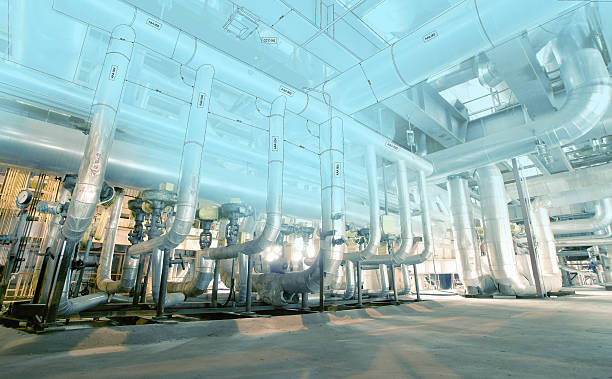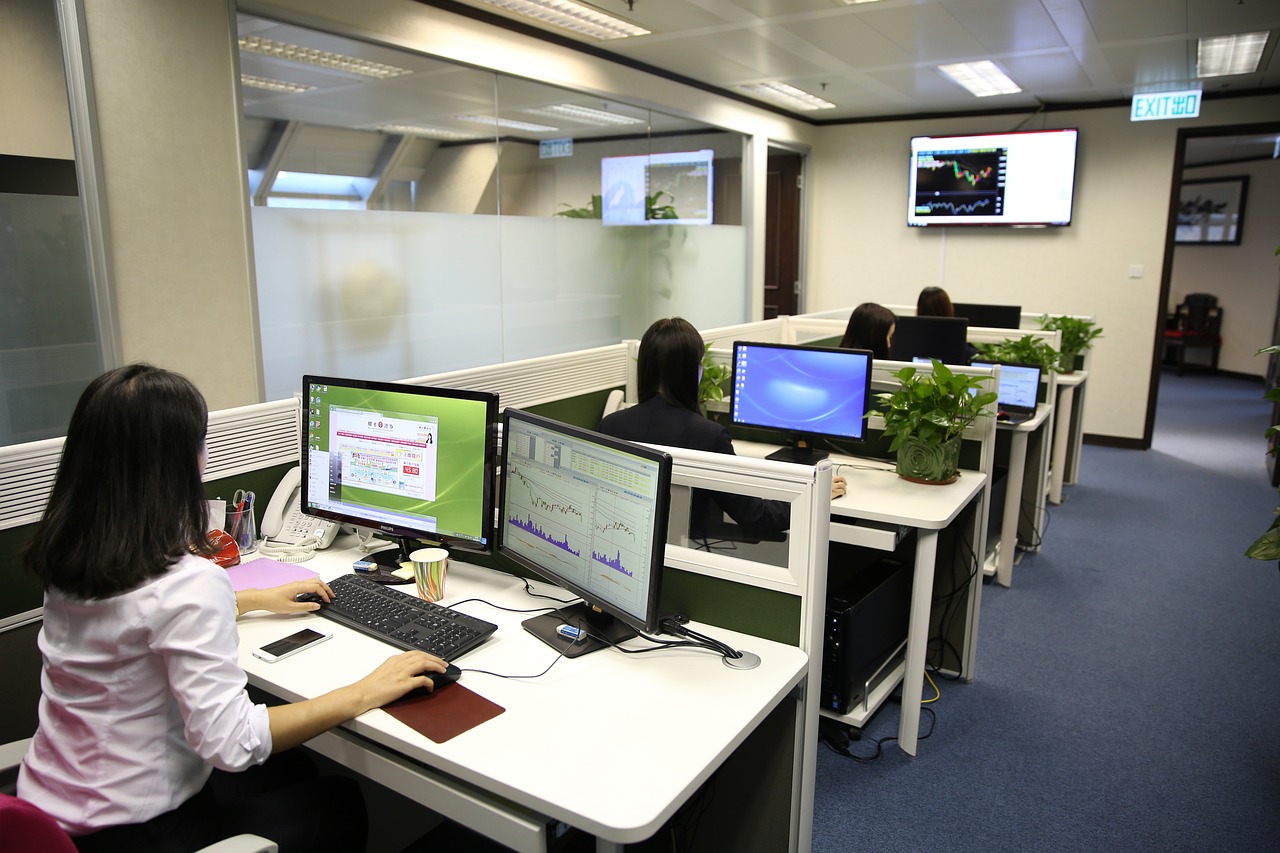
Transforming Production: An In-Depth Exploration of Advanced Industrial Machinery
The revolution of advanced industrial machinery is driving change in production processes across various sectors. This article delves into the latest innovations and their implications.
• Automation and Robotics in Manufacturing
Automation and robotics have revolutionized the manufacturing sector, enhancing efficiency and productivity. Automated systems perform repetitive tasks with precision, reducing human error. Robotics enable complex operations, such as welding, painting, and assembly in car assembly lines. Collaborative robots, or cobots, combine human and machine strengths. These technologies are becoming affordable for small and medium enterprises, expanding their capabilities and market competitiveness.
• Digital Twins and Virtual Commissioning
Digital twins are virtual replicas of physical machinery or production processes, enabling engineers to simulate and analyze performance in a virtual environment before implementation. This technology reduces risks and costs, and allows for early detection and resolution of issues in the design phase. Virtual commissioning also aids in staff training by allowing workers to practice on digital twins without real-world failure risks.
• Additive Manufacturing and 3D Printing
Additive manufacturing, commonly known as 3D printing, is making waves across various industries by allowing complex and customized parts to be produced rapidly and cost-effectively. This technology layers materials to build objects, which contrasts with traditional subtractive manufacturing that removes material to shape an object. Benefits include reduced waste, lower production costs, and faster turnaround times. 3D printing is particularly revolutionary for prototyping, enabling designers to create and test multiple iterations swiftly. It also supports the manufacture of parts that are challenging or impossible to produce through traditional methods, offering unique design flexibility. Industries such as aerospace, automotive, healthcare, and even fashion are leveraging 3D printing technology to drive innovation.
• IoT and Smart Factories
The Internet of Things (IoT) has paved the way for smart factories, where interconnected devices communicate and collaborate to optimize production processes. Sensors embedded in machinery collect vast amounts of data, providing real-time insights into operations. This data can be analyzed to predict maintenance needs, detect anomalies, and optimize resource usage. For instance, predictive maintenance helps prevent breakdowns by alerting engineers before a part fails, reducing downtime and maintenance costs. Smart factories are also more flexible, with the ability to adjust production schedules based on demand, enhancing efficiency and responsiveness to market changes. IoT-enabled systems are making production environments more adaptive and intelligent.
• Advanced CNC Machining
Computer Numerical Control (CNC) machining is a critical innovation in precision manufacturing. These machines are controlled by software programs, allowing for extremely accurate and consistent production of parts and components. Advanced CNC machines can operate with minimal human intervention, running 24/7 if necessary. They excel in applications where high precision is paramount, such as in aerospace, medical devices, and electronics. Furthermore, CNC machining supports the use of a variety of materials, from metals to plastics, making it versatile for different industries. Advanced CNC technologies incorporate multi-axis machining capabilities, enabling the creation of complex geometries that would be difficult or impossible to achieve manually.
• Sustainable Machinery and Green Manufacturing
Sustainability is becoming increasingly important in the manufacturing sector, driving the development of greener machinery and production methods. Advanced industrial machines are now designed to be energy-efficient, reducing their carbon footprint. Renewable energy sources are being integrated into manufacturing plants, and innovations in recycling and waste management are being adopted. For example, closed-loop systems that recycle water and materials within the production process are gaining popularity. Additionally, sustainable practices such as reducing resource consumption, improving process efficiencies, and minimizing emissions are being implemented. Companies are also adopting circular economy principles, where products are designed for longevity and recyclability, promoting sustainability throughout the product lifecycle.
• AI and Machine Learning in Production
Artificial Intelligence (AI) and Machine Learning (ML) are revolutionizing the way production lines function. These technologies enable machines to learn from data, adapt, and make decisions without human intervention. AI-driven systems can optimize production schedules, allocate resources efficiently, and improve quality control by detecting defects in real-time. Machine learning models can analyze historical data to predict future trends, helping managers make informed decisions. For instance, AI can optimize supply chain logistics, reducing lead times and cutting costs. By continuously learning and improving, AI and ML not only enhance operational efficiency but also create opportunities for innovation, driving continual improvement in manufacturing processes.
• Human-Machine Interface (HMI) and Augmented Reality (AR)
The Human-Machine Interface (HMI) and Augmented Reality (AR) provide an intuitive way for workers to interact with machinery. HMIs enable operators to control and monitor machines through user-friendly interfaces, improving ease-of-use and safety. Augmented Reality (AR) further enhances this by overlaying digital information onto the physical world. For example, AR can guide workers through complex assembly processes or maintenance tasks by displaying step-by-step instructions directly on their field of view. This reduces the likelihood of errors and shortens training times. Additionally, AR can be used for remote assistance, where experts can guide on-site technicians through repairs and diagnostics from anywhere in the world, boosting efficiency and reducing downtime.
• Conclusion
The transformation of production through advanced industrial machinery is reshaping the landscape of manufacturing. From automation and robotics to AI and IoT, these innovations are enhancing efficiency, precision, and sustainability. Digital twins and virtual commissioning enable safer, cost-effective designs, while additive manufacturing opens new avenues for creativity and customization. CNC machining is achieving new heights of accuracy, and the integration of green practices promotes environmental responsibility. Human-Machine Interfaces and Augmented Reality bridge the gap between technology and human operators, making complex processes more manageable. This ongoing evolution signifies a future where manufacturing is smarter, more adaptive, and highly responsive to change, driving growth and innovation across industries.



